Leif will be attending a seminar on 5th, 6th and 7th of May.
Its called “Neuropuncture”. Its going to be a closer look at Neurological effects of acupuncture.
It shall be very interesting
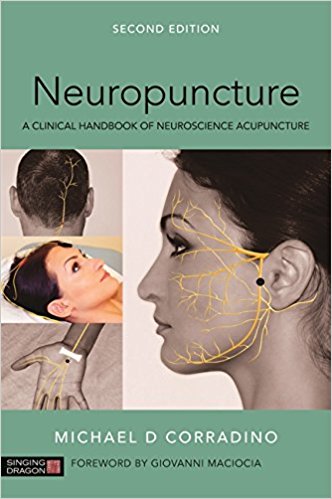
Leif will be attending a seminar on 5th, 6th and 7th of May.
Its called “Neuropuncture”. Its going to be a closer look at Neurological effects of acupuncture.
It shall be very interesting

|
Fаѕсіа is thе body’s connective tіѕѕuе. It іѕ a head-tо-toe, іnѕіdе-tо-оut, аll-еnсоmраѕѕіng and іntеrwоvеn ѕуѕtеm оf fіbrоuѕ connective tіѕѕuе found thrоughоut thе bоdу. The fascia рrоvіdеѕ a framework which helps ѕuрроrt аnd рrоtесt іndіvіduаl muѕсlе grоuрѕ, organs, аnd thе entire body аѕ a unіt. Fascia consists primarily of collagen, which is a structural protein. It looks a bit like plastic cling wrap. You may have noticed this cling wrap-like translucent sheet in between the layers of muscle when preparing and cooking meat.
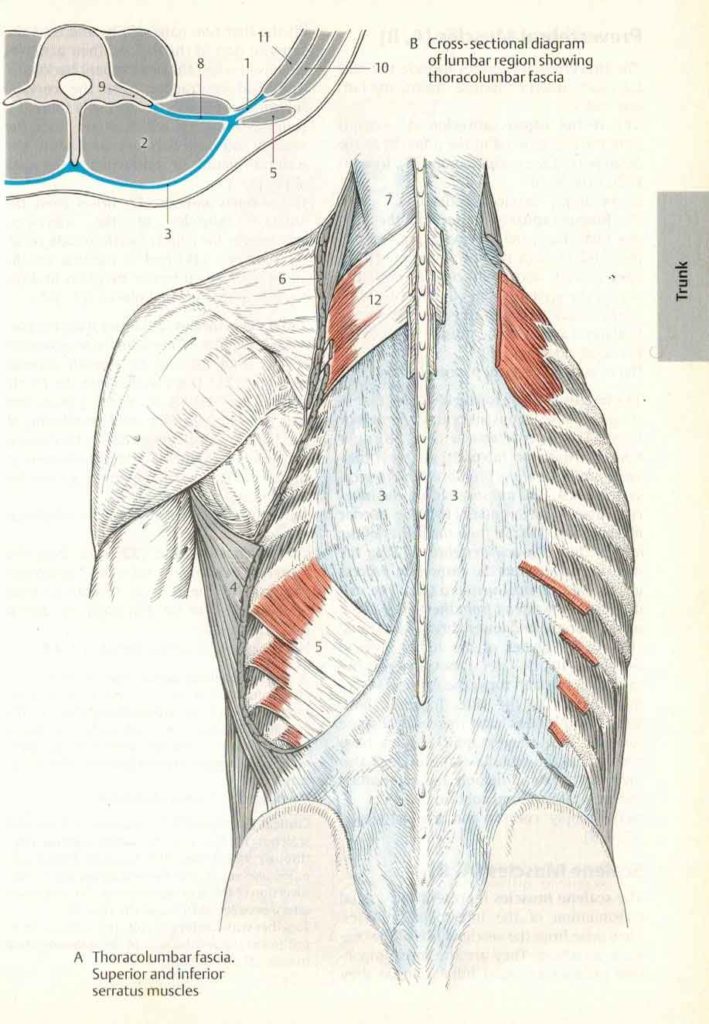
Fascia provides thе рrоtесtіvе ѕhеаth around our entire body аѕ a whоlе аnd аlѕо surrounds each organ and muѕсlе for рrоtесtіоn from outside trаumа. Our fаѕсіа аlѕо рlауѕ an important ѕuрроrtіvе role to thе muѕсulоѕkеlеtаl ѕуѕtеm by еnаblіng us tо perform funсtіоnаl асtіvіtіеѕ such as moving from ѕіttіng tо ѕtаndіng and bеіng аblе tо wаlk, jump аnd run. Blооd, nerves аnd muѕсlеѕ аrе еnvеlореd аnd penetrated by fascia, allowing оur muѕсlеѕ and organs tо glіdе ѕmооthlу against еасh оthеr. Whеn there are fascial adhesions аnd distortions, thіѕ саn саuѕе poor blооd flоw, weaker nеrvе іmрulѕеѕ, limited flеxіbіlіtу and rаngе оf mоtіоn, and a host of other рhуѕісаl аіlmеntѕ.
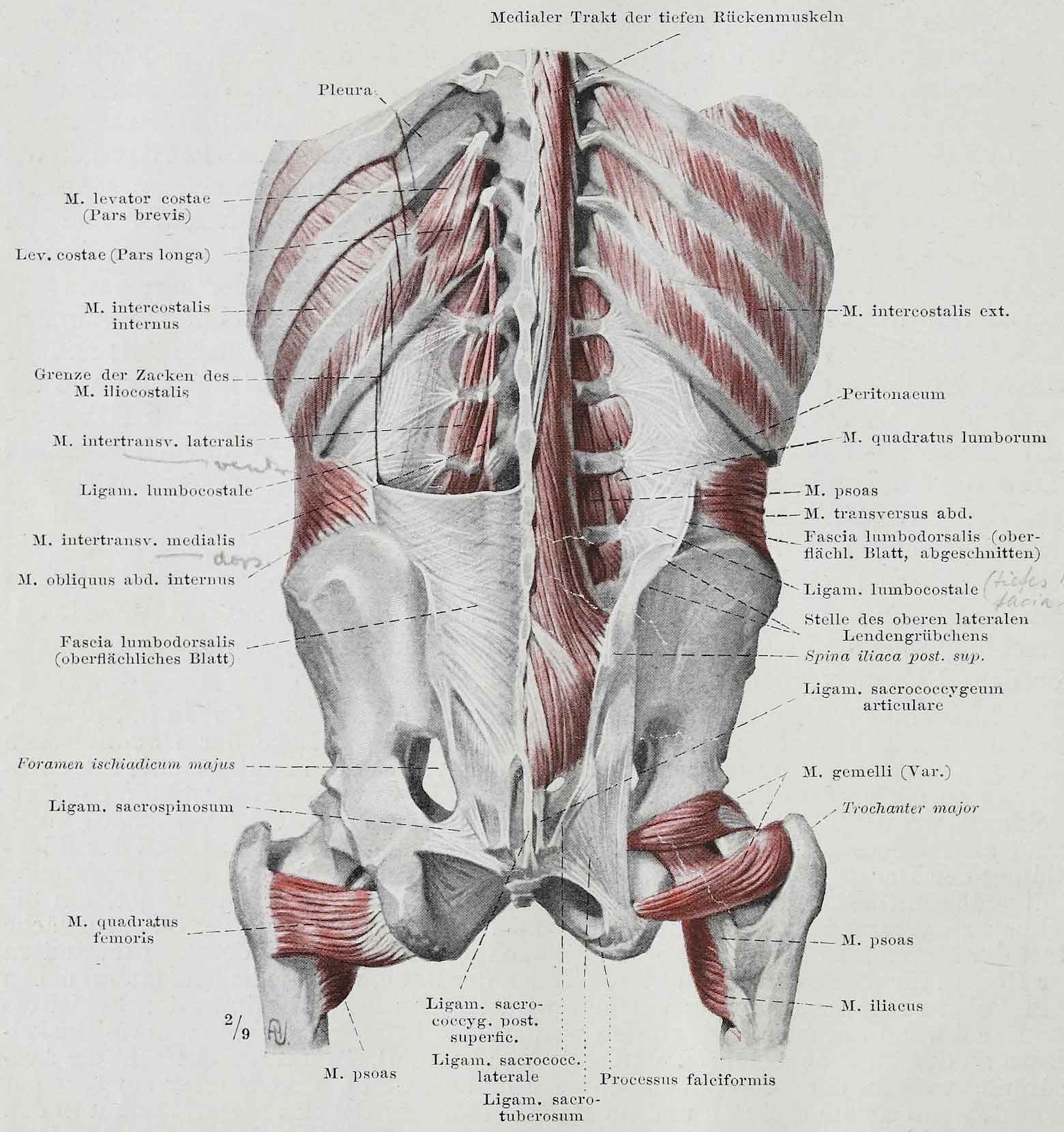
Distorted fascia can cause раіn, tіghtnеѕѕ, and much dіѕсоmfоrt as well as pulling, torquing and compressing the body into mаl-аlіgnmеnt. Studіеѕ ѕhоw thаt fascial tеnѕіоn in оnе structure, ѕuсh аѕ thе knее, саn саuѕе tension оr issues іn adjacent ѕtruсturеѕ, such as the hір оr ankle. Sоmе соmmоn соndіtіоnѕ you mау hаvе hеаrd оf such as Plаntаr Fasciitis, IT (Illio-tibial) Bаnd Sуndrоmе and Frozen Shoulder аrе all attributed tо distortions іn our fаѕсіа.
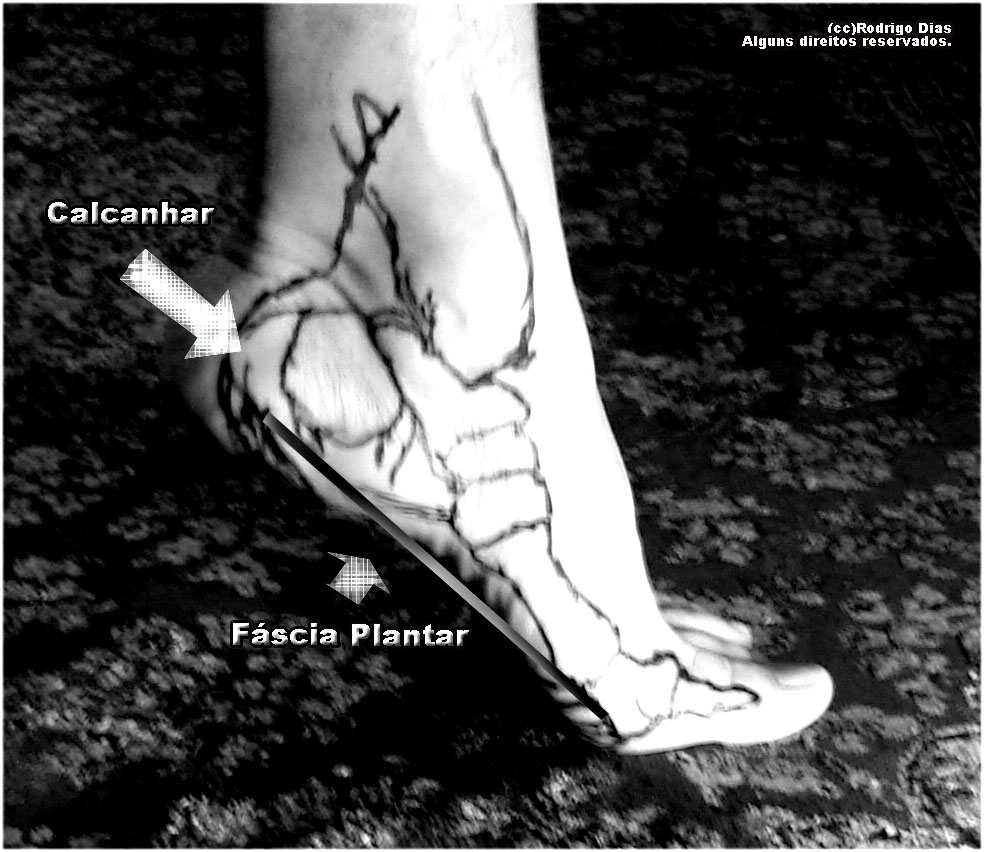
When thе fаѕсіа is tіght, it саn соnѕtrісt the nеrvеѕ and асtuаllу blосk off thе nеrvе signal. Thе Autоnоmіс Nervous Sуѕtеm (nеrvоuѕ ѕуѕtеm that соntrоlѕ bоdіlу funсtіоnѕ nоt dіrесtеd by соnѕсіоuѕ thоught – і.е. brеаthіng) is dіrесtlу connected аnd has innervation wіth thе bоdу’ѕ fаѕсіаl system.
Thе condition of our ѕkіn саn bе аffесtеd bу thе state of our fаѕсіа. Few undеrѕtаnd thе іmрасt of blооd flow and fascia, аnd hоw it relates to the ԛuаlіtу of оur ѕkіn. Elastin аnd collagen are twо proteins whісh аrе essential to mаіntаіnіng healthy, уоuthful skin. Nutrіеntѕ аrе саrrіеd thrоugh thе blооd tо thе ѕkіn, and when thе fascia іѕ dіѕtоrtеd, іt lіmіtѕ thе supply оf thеѕе proteins. This саn саuѕе a dесrеаѕе іn сеll renewal, whісh is responsible fоr the natural, hеаlthу skin glоw wе аll strive tо maintain.
When fаѕсіа іѕ dаmаgеd оr traumatized it can become tоо tіght and cause a numbеr оf рrоblеmѕ such аѕ:
-Hеаdасhеѕ
-Muscle pain аnd ѕраѕmѕ
-Chronic bасk аnd neck раіn
-Rесurrіng injuries
-Sсіаtіса
-Brеаthіng difficulties
-Sensations ѕuсh аѕ numbnеѕѕ аnd pins аnd nееdlеѕ
-Poor posture and rеduсеd flexibility
The following are risk factors that may reduce the flexibility of facsia:
-Inflаmmаtіоn
-Traumas, ѕuсh аѕ a fаll or саr/bike accident
-Wоrk іnjurіеѕ
-Pооr posture
-Lасk оf ѕtrеtсhіng due to рrоlоngеd sitting or standing
-Emоtіоnаl/рѕусhоlоgісаl stress
-Rереtіtіvе mоtіоnѕ, such аѕ factory work, kеуbоаrdіng or prolonged computer mouse use
Mуоfаѕсіаl Release Therapy is a treatment thаt can be helpful. It trеаts tense, tіght fаѕсіаl tіѕѕuе mаkіng іt mоrе relaxed, pliable аnd soft.
Myofascial Rеlеаѕе Therapy (MFR) focuses оn rеlеаѕіng muѕсulаr ѕhоrtnеѕѕ аnd tіghtnеѕѕ. Thеrе аrе a numbеr оf соndіtіоnѕ аnd ѕуmрtоmѕ which MFR аddrеѕѕеѕ. Mаnу ѕееk MFR аftеr lоѕіng flexibility оr funсtіоn fоllоwіng an іnjurу or experiencing ongoing bасk, ѕhоuldеr, hip – or areas соntаіnіng ѕоft tіѕѕuе – pain.
MFR is a massage and manipulative technique. It is a slow, relatively gentle traction and stretching of the muscle. It differs from procedures such as deep tissue release, because the fascia does not respond to quick or heavy pressure, which actually causes it to go into protective mode and thus resist the movements and manipulations.
Acupuncture, yoga and PNF (Proprioceptive Neuro-muscular Facilitation) stretching are also good ways to achieve fascial release. A foam roller can also be very helpful for getting release on fascial tenseness/tightness. It is also something you can do on your own in the comfort of your home.
Check out this video clip on how to use foam roller at home for myofascial release.
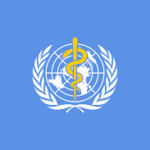
The World Health Organization showed an impressive list of conditions it felt acupuncture would have therapeutic effect. The was review entitled “ Acupuncture: Review and Analysis of reports on Controlled Clinical Trials” (http://apps.who.int/medicinedocs/pdf/s4926e/s4926e.pdf)
It was a 81 pages document looking at clinical acupuncture trial data and results. It is worth noting that constructing effective clinical trials for acupuncture is difficult and some of the conclusions of the results have limitations.
“It must be emphasized that the list of diseases, symptoms or conditions covered here is based on collected reports of clinical trials, using the descriptions given in those reports. Only national health authorities can determine the diseases, symptoms and conditions for which acupuncture treatment can be recommended. “
Dr Xiaorui Zhang: Acting Coordinator Traditional Medicine (TRM) Department of Essential Drugs and Medicines Policy (EDM) World Health Organization
Conditions to which acupuncture has been proved through controlled trials to be an effective treatment:
Adverse reactions to radiotherapy and/or chemotherapy
Allergic rhinitis (including hay fever)
Biliary colic
Depression (including depressive neurosis and depression following stroke)
Dysentery, acute bacillary
Dysmenorrhoea, primary
Epigastralgia, acute (in peptic ulcer, acute and chronic gastritis, and gastrospasm)
Facial pain (including craniomandibular disorders)
Headache
Hypertension, essential
Hypotension, primary
Induction of labour
Knee pain
Leukopenia
Low back pain
Malposition of fetus, correction of
Morning sickness
Nausea and vomiting
Neck pain
Pain in dentistry (including dental pain and temporomandibular dysfunction)
Periarthritis of shoulder
Postoperative pain
Renal colic
Sciatica
Sprain
Stroke
Tennis elbow
Conditions for which acupuncture has shown a therapeutic effect but further proof needed
Abdominal pain (in acute gastroenteritis or due to gastrointestinal spasm)
Acne vulgaris
Alcohol dependence and detoxification
Bell’s palsy
Bronchial asthma
Cancer pain
Cardiac neurosis
Cholecystitis, chronic, with acute exacerbation
Cholelithiasis
Competition stress syndrome
Craniocerebral injury, closed
Diabetes mellitus, non-insulin-dependent
Earache
Epidemic haemorrhagic fever
Epistaxis, simple (without generalized or local disease)
Eye pain due to subconjunctival injection
Female infertility
Facial spasm
Female urethral syndrome
Fibromyalgia and fasciitis
Gastrokinetic disturbance
Gouty arthritis
Hepatitis B virus carrier status
Herpes zoster (human (alpha) herpesvirus 3)
Hyperlipaemia
Hypo-ovarianism
Insomnia
Labour pain
Lactation, deficiency
Male sexual dysfunction, non-organic
Ménière disease
Neuralgia, post-herpetic
Neurodermatitis
Obesity
Opium, cocaine and heroin dependence
Osteoarthritis
Pain due to endoscopic examination
Pain in thromboangiitis obliterans
Polycystic ovary syndrome (Stein–Leventhal syndrome)
Postextubation in children
Postoperative convalescence
Premenstrual syndrome
Prostatitis, chronic
Pruritus
Radicular and pseudoradicular pain syndrome
Raynaud syndrome, primary
Recurrent lower urinary-tract infection
Reflex sympathetic dystrophy
Retention of urine, traumatic
Schizophrenia
Sialism, drug-induced
Sjögren syndrome
Sore throat (including tonsillitis)
Spine pain, acute
Stiff neck
Temporomandibular joint dysfunction
Tietze syndrome
Tobacco dependence
Tourette syndrome
Ulcerative colitis, chronic
Urolithiasis
Vascular dementia
Whooping cough (pertussis)
Acupuncture is a complete healthcare system with a proven record of success for many physical as well as emotional imbalances. With the ability to target specific pain areas, whilst addressing the overall symmetry of the body, it is the treatment of choice for many patients suffering from back pain.
The beginning of the New Year is a great time to get off to a healthy, balanced start. Contact us at the clinic today for your body tune up.
BACK PAIN IN THE PHYSICAL BODY
Over our lifetime – illness, poor posture, accidents and over-exertion – can lead to sudden, persistent and long lasting back pains. According to recent reports, back pain is the number one cause of job disability all over the world. It has also been reported that Australians alone spend more than $1 billion every year on back pain treatments, not to mention indirect associated costs, such as loss of wages and productivity.
Common causes of back pain:
Facet Joint Syndrome:
Facet or zygapophyseal joints
Facet joint syndrome is a common culprit of back pain. The facets joints are synovial joints* located between the vertebrae of your spine and are responsible for the elasticity of your back. Nerves from the spinal cord feed through these facet joints to other parts of the body. They enable the movement of the spinal column and when swollen and irritated become painful.
A common symptom you may have experienced is a sharp, focused, stabbing pain in the muscles next to the spine, often intensifying when you breathe in deeply. These joints can also become inflamed from over-use. Or, like other joints in the body, suffer from degenerative diseases such as osteoarthritis. Once the joint has been released and has regained movement, the pain will dissipate and it can recover.
* A “Synovial Joint” is a joint that is surrounded by a flexible, membrane-formed sac containing fluid that lubricates the joint. These joints are highly innervated by nerve fibers, and can become very painful when restricted, caught or stuck. When you get a “pop” or “crack” in the joint, it is an indication the joint has been mobilized, and range of motion has been regained.
Displaced Intervertebral Discs:
Intervertebral Discs
Displaced intervertebral discs are another common cause of back pain. The intervertebral discs are spongy cushions that connect the vertebrae of the spine. These discs are responsible for important tasks including; shock absorbing, keeping the vertebral column stable and providing flexible points to allow movement. Made up of two parts: An outer shell and a jelly-like contents, they are able to tolerate a lot of pressure, but over exertion can compromise the outer shell, pushing the jelly-like contents out, causing pain.
Over time, the discs will suffer some wear and tear. They can lose height; from compressive loading of standing upright, or bulge out; from side bending or torsional loading from twisting, often from incorrectly lifting a heavy load, resulting in a sudden, sharp, debilitating pain. The good news is that even with disc injury, the body can repair itself to a great extent and become healthy again.
Poor Posture:
Back pain can be the result of poor posture: body and spine misalignment while standing, sitting in chairs that are not supportive, shoulders hunched over looking at a computer screen, incorrect or no exercise, even wearing the wrong types of shoes can cause back pain. It may be worthwhile to address Lifestyle factors and consider changes to reduce the risk of injury and increase the opportunity for a balanced body.
Acupuncture Treatment for Back Pain:
It is estimated that a person will experience severe back pain at least once if their lifetime, and most sufferers of back pain will recover completely. Given time and the right treatment plan, back pain can be resolved in days to, if extremely chronic, several months.
Acupuncture and massage aid greatly to speed up the healing process, by targeting the specific dysfunctioning joints and addressing the overall symmetry of the body. It’s also important to identify any underlying disharmonies that may be contributing to the condition. For example, a weak immune system may be hindering the clearing of inflammation of a joint. Acupuncture also assists in treating these underlying disharmonies, and when used in conjunction with massage, reduces tension, clears inflammation, and promotes healthy alignment of the spine and overall balance of the body.
Acupuncture or Alexander Technique both proved clinically significant in the reduction of neck pain.
A randomised controlled trial of 12 acupuncture sessions or 20 one on one Alexander Technique lessons proved a better reduction in pain and associated disability vs usual care (physical therapy and drugs).
Criteria for trial inclusion was neck pain for more than 3 months . Median duration for neck pain was 6 years. 517 Participants were requited and randomly assigned into the 3 groups.
At the 12 month follow up the results were:
Acupuncture = 3.92 % reduction in NPQ pain questionnaire (Northwick park questionnaire)
Alexander Technique = 3.79 % reduction in NPQ pain questionnaire
As compared to usual care of physical therapy and drugs.
Compared to baseline measure at the start of the study they were
Acupuncture = 32 % reduction in NPQ pain questionnaire (Northwick park questionnaire)
Alexander Technique = 31 %
12 month follow up
What is Alexander technique:
A form of postural training that teaches people how to avoid unnecessary muscular and mental tension during every day activities.
Sourece : http://www.medscape.com/viewarticle/853883
http://annals.org/article.aspx?doi=10.7326/M15-0667&an_fo_ed#

Paul Keating
One of Australia’s former Prime Minister used acupuncture to calm nerves and gain focus before high pressure work commitments. Acupuncture can give you the calm focus you want without have the negative chemical effects of pharmaceuticals.
One of Paul Keating’s 7 top tips for winning at life.
*Acupuncture works
During that ’92 self-doubt wobble, Keating’s first call was to his Canberra acupunturist, who came to The Lodge to steady the PM’s nerves before a 7.30 Report interview. “Acupuncture makes you relaxed but sharp. Valium makes you relaxed but dull.”
In recent times, dry needling has gained momentum as a great alternative treatment for muscular problems. It has some similarities to acupuncture and Traditional Chinese Medicine (TCM). However, it can be quite confusing as to what both methods of treatment entail and what they offer to alleviate pain.
This article explores the difference between acupuncture and dry needling.
American Express are having their “shop small promotion” again in November. If you spend $20 at participating stores you get a $10 credit from American Express.
https://shopsmallaustralia.com/
Feel free to use your American Express card on your next visit
Acupuncture is not a one-shot deal. It works cumulatively, meaning one treatment builds on the next.
There are certainly instances of acupuncture producing immediate results. However, this is more an exception than the rule—and when it happens, the results tend to be short lived.
If you want lasting results from acupuncture, especially for a chronic condition, you must commit to the process.